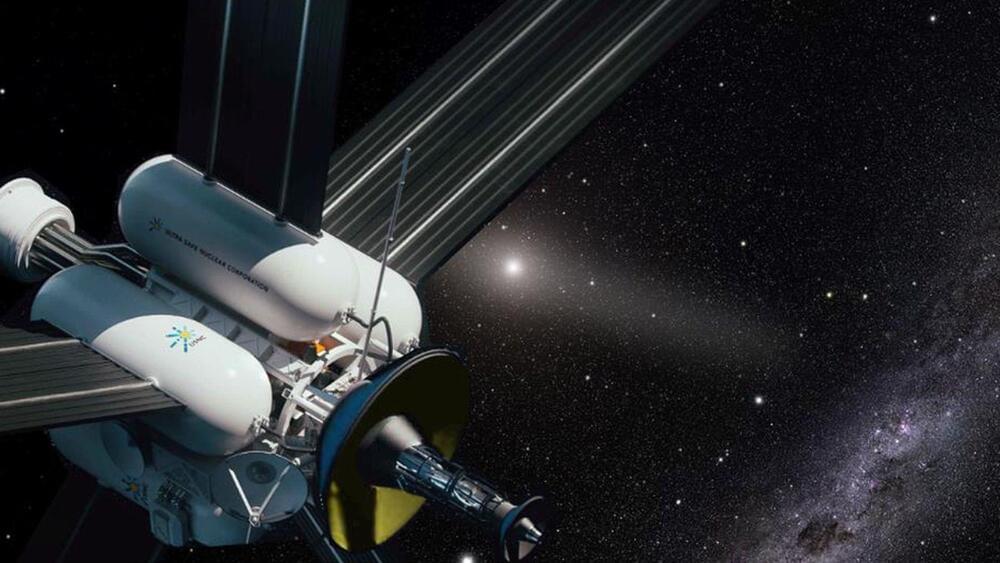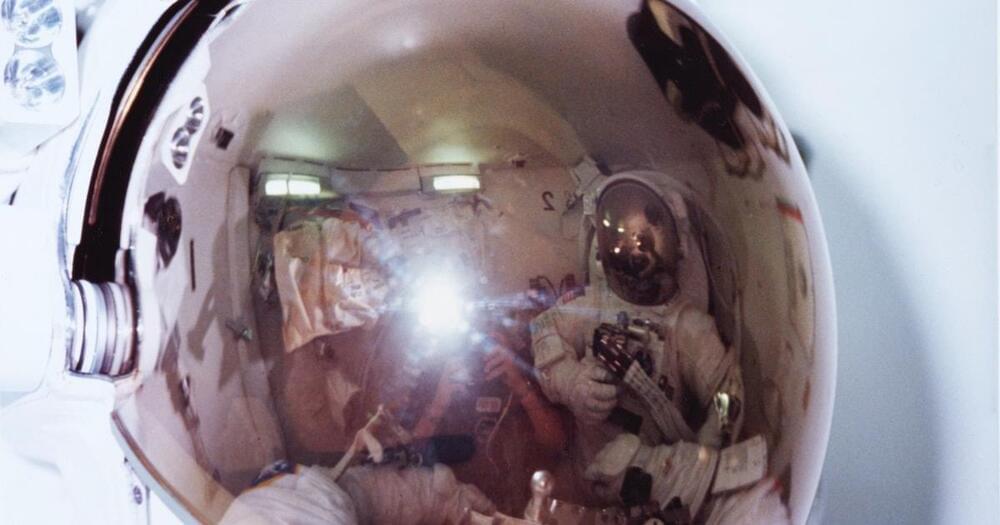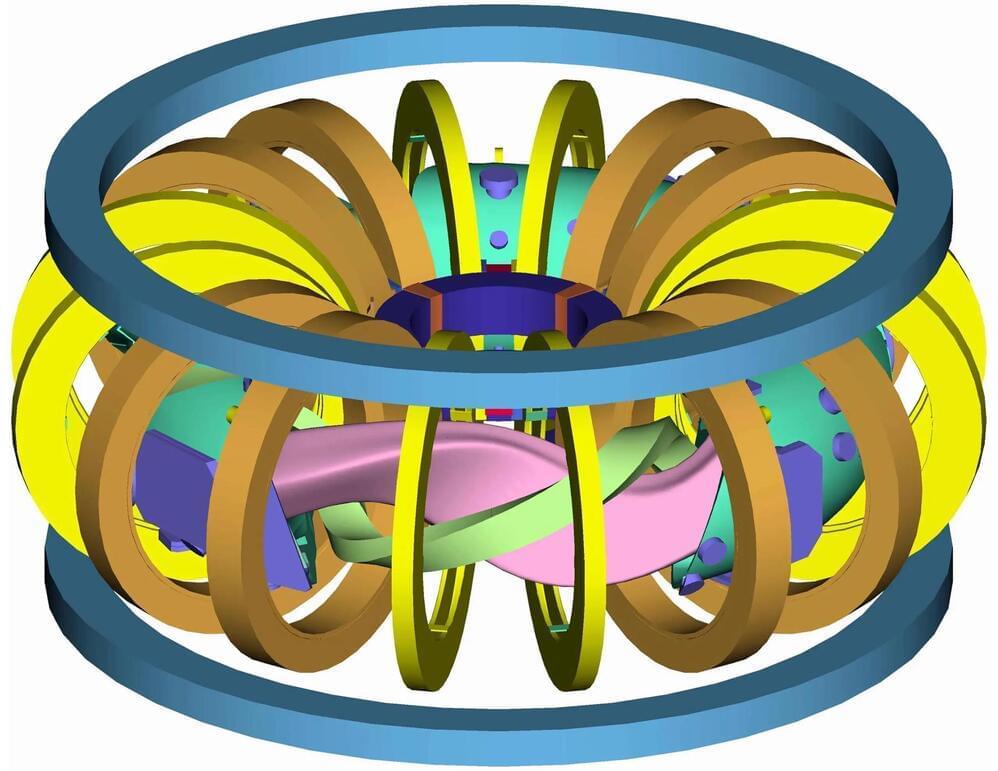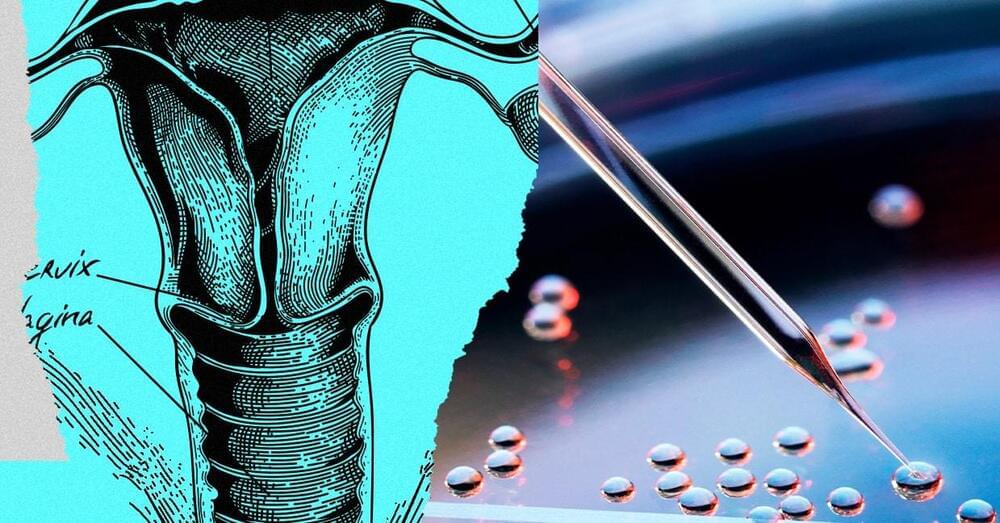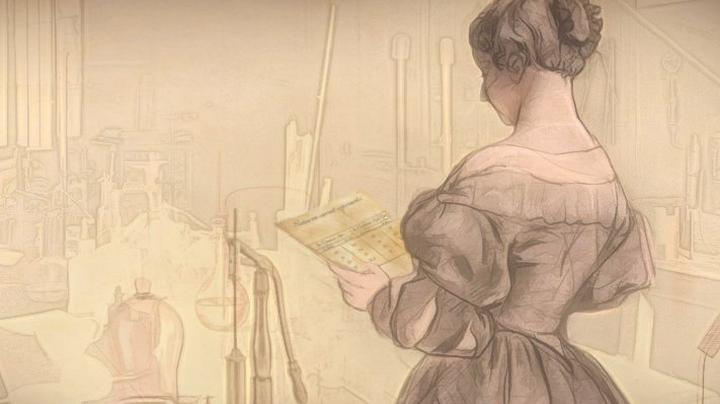Most Beautiful japanese humanoid Robots | AI SCience |
The world of robots is evolving at an unprecedented rate. We just cannot imagine the kind of innovations the Japanese companies have come up with when it comes to humanoid robots. There are a lot of new technological upgrades in these robots that will prove to be very important as time passes. But what possible capabilities can we reach through it? Stay tuned and you shall find all of the answers.
#WhatisArtificialIntelligence #QuickSupport #Innovation.
🔔 Subscribe now for more Artificial Intelligence news, Data science news, Machine.
Every week we will update you about the latest news of the week related with AI & Learning news and more.
🦾 Support us NOW so we can create more videos: https://www.youtube.com/channel/UCCNA3fEj1ub8-cvv4jzUSMw.
💃Buy a Humanoid Robot Wife: https://bit.ly/3PDgpsn.
Watch More from Artificial Intelligence News Daily.
